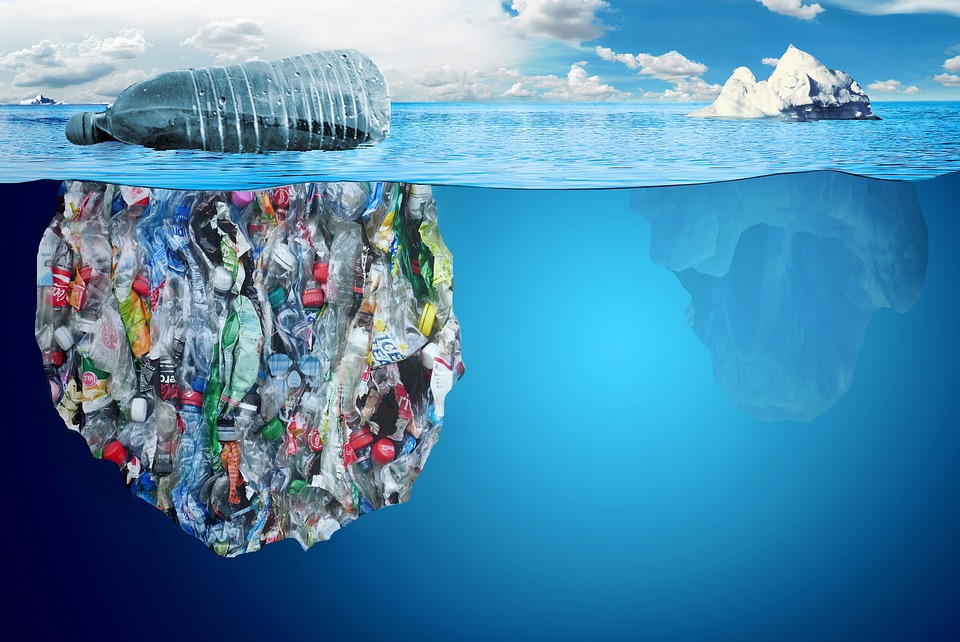Billions of microplastics flooding our seas, scientists warn that environmental pollution is worse than initially thought
06/11/2018 / By David Williams

It is well-known that plastic contributes a great deal to worldwide pollution problems, not just on land but also in the world’s seas and oceans. Now a team of researchers has revealed that the problem of plastic pollution in Earth’s bodies of water may be much worse than previously thought.
To be more specific, a close look at the amount of microplastics in one specific area in the U.K. resulted in the discovery of a much higher level of microplastic pollution than expected. This means that the world may be majorly underestimating the amount of pollution everywhere else as well. And if so, it’s time to rethink the worldwide strategy to fight against this kind of problem, particularly with microplastics.
Microplastics include various kinds of plastic materials such as synthetic fibers, beads found in personal hygiene products, and broken-down plastic waste. They are harmful to marine life, which tend to mistake them for food, and can sometimes end up being consumed by humans as well through different types of seafood.
Currently, the risk of microplastics to humans are not that clear, but there is a fear that they can accumulate certain toxic chemicals that could potentially enter the bloodstream if they are tiny enough. Given that there appears to be much more of them than previously thought, humans are therefore at much higher risk that most experts have earlier predicted.
As a report on the work of the researchers states, they analyzed sediments taken from a total of 10 different rivers within about 20 kilometers of Manchester, and what they found was quite shocking. It turned out that all except one of the 40 sites that they examined showed signs of microplastic contamination. They also performed follow-up surveys of the areas and found that 70 percent of all the microplastics had been swept away after the winter floods that occurred in the year 2015-16. This amounted to a total of 850 kilograms of microplastics, of which a great deal was expected to float in sea water. (Related: Plastic: The epitome of a disposable society.)

According to Rachel Hurley, this is a clear indication that global estimates regarding the amount of microplastic pollution may be way off. “This is a small to medium sized catchment in the north of England, it is one flood event, it is just one year,” she said, adding, “there is no way that [five trillion global] estimate is right.” The researchers noted simply that the world’s total microplastic pollution in the ocean “must be far higher.”
For what it’s worth, other industry experts support the notion that earlier estimates about the amount of microplastic pollution in the world’s oceans may be wrong. According to Erik van Sebille from the Ultrecht University in the Netherlands, the researchers’ findings support higher estimates that were known in some circles already. “I’m not surprised by that conclusion. In 2015, we found that 99 percent of all plastic in the ocean is not on the surface anymore,” he said. “The problem is that we don’t know where that 99 percent of plastic is.” He insists that knowing where these plastics are distributed first is essential to all future cleanup operations.
And that’s the problem. For now, the silver lining in all of this is that the experts have finally identified what sort of questions they should be asking. So the next logical step is to find out what solutions are needed to fix the overlying problems.
Find out other ways the planet may be in danger in Pollution.news.
Sources include:
Submit a correction >>
Tagged Under:
aquatic animals, aquatic ecosystems, environmental problems, marine ecosystems, marine life, marine species, microplastics, ocean health, plastics, polluted ocean, toxic chemicals, toxic waste
This article may contain statements that reflect the opinion of the author





















